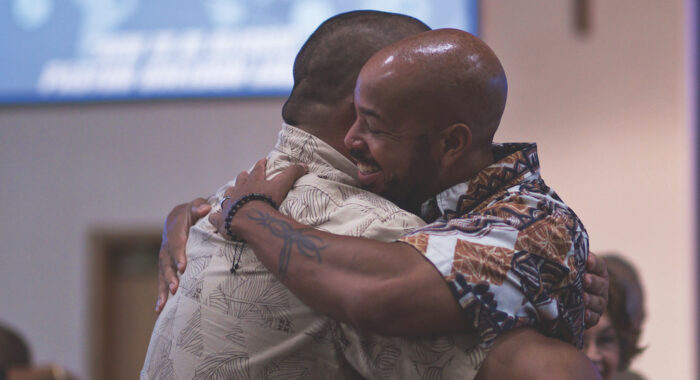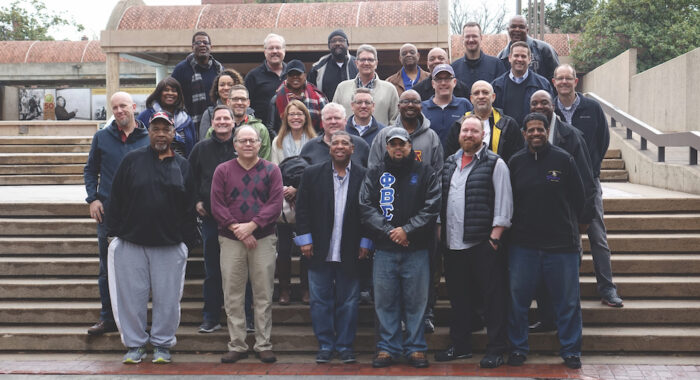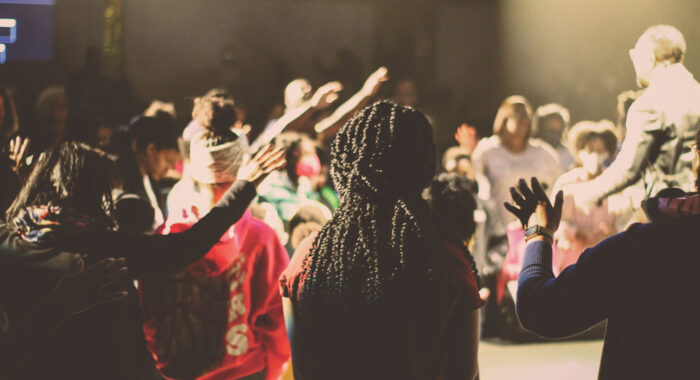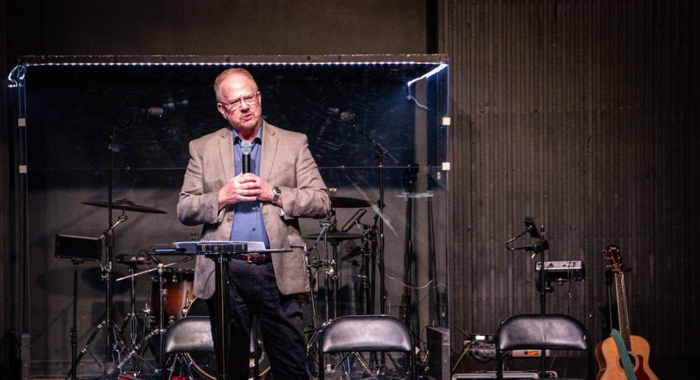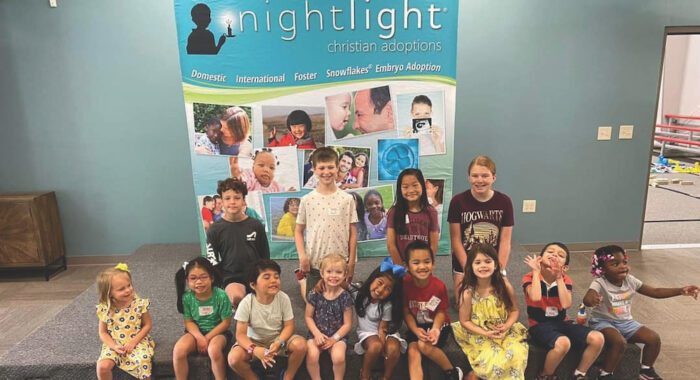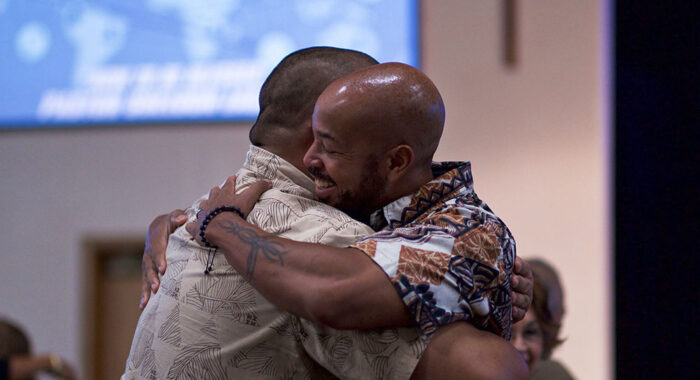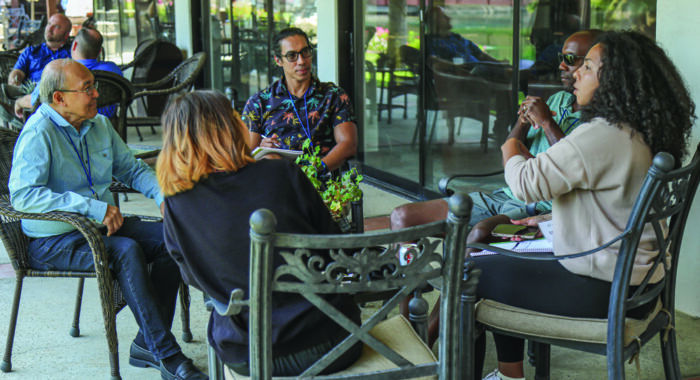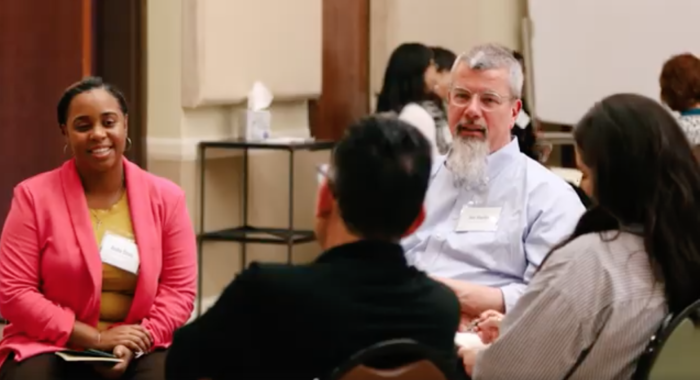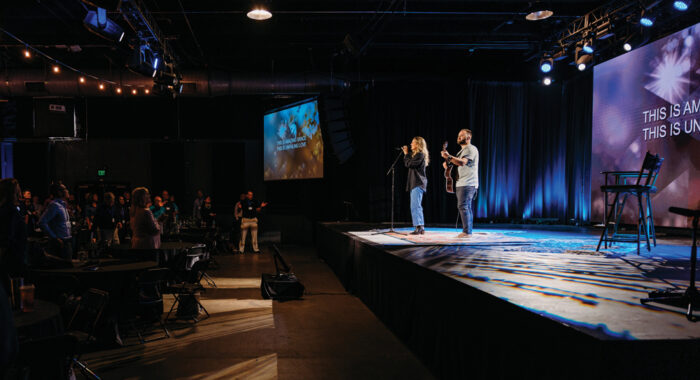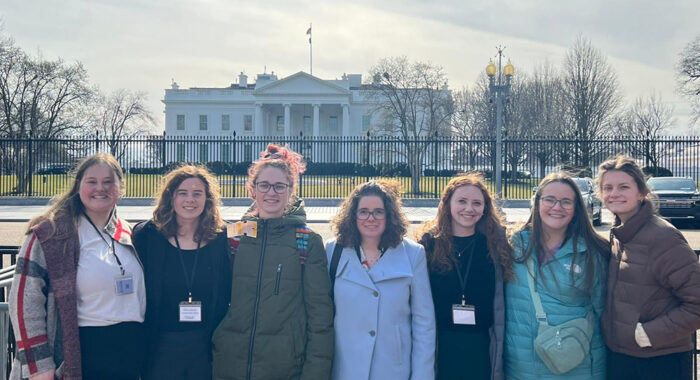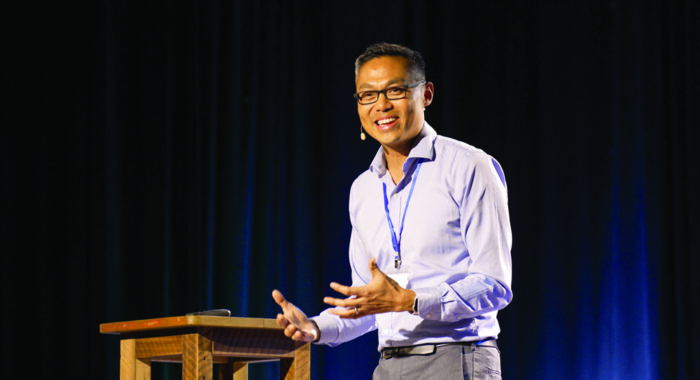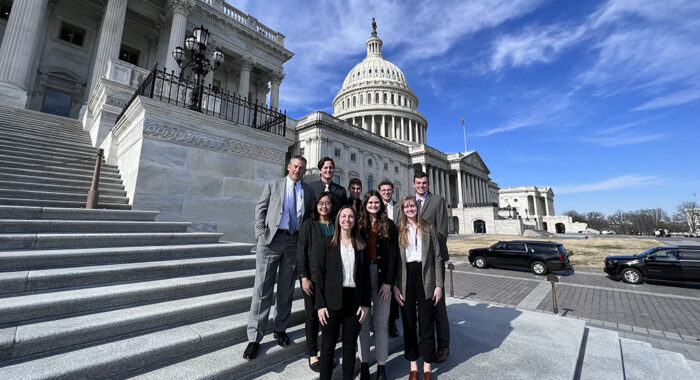
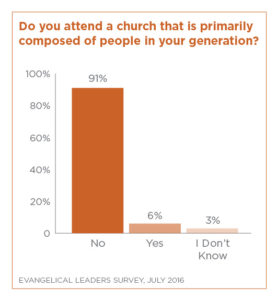 “Unlike many other civic institutions — Boy Scouts, AARP, etc. — that appeal to a particular slice of the population, the Church brings people together across generations,” said Leith Anderson, president of the National Association of Evangelicals (NAE). “In an age of microtargeting, the Church is a place where young and old not only mix but learn from each other.”
“Unlike many other civic institutions — Boy Scouts, AARP, etc. — that appeal to a particular slice of the population, the Church brings people together across generations,” said Leith Anderson, president of the National Association of Evangelicals (NAE). “In an age of microtargeting, the Church is a place where young and old not only mix but learn from each other.”
Jim Tolle, pastor of El Camino Metro Church in Los Angeles, said, “When Jesus, through the Holy Spirit, began the first church, it included a diversity of people groups, age groups and socio-economic groups. It is incumbent upon us to reach those who are within the sphere of where Jesus has called us to serve, including those beyond our own generation.”
Some noted that their church is composed mostly of a different generation, and they are the minority. Mark Batterson, lead pastor of National Community Church in Washington, D.C., said that 50 percent of the church is single 20-something Millennials, and he is one generation ahead of them.
Anderson said, “Many churches reflect the generations of the communities where they minister. The average age of Americans is rising, so churches have older generations than in the past when preschoolers outnumbered retirees. The big exception is churches ministering to immigrant communities with lots of children and young adults.”
A 2014 Pew Research study noted the breakdown of evangelicals by age: 17 percent are 18-29 years old, 33 percent are 30-49 years old, 29 percent are 50-64 years old, and 20 percent are 65 and older.[1]
The Evangelical Leaders Survey is a monthly poll of the Board of Directors of the National Association of Evangelicals. They include the CEOs of denominations and representatives of a broad array of evangelical organizations including missions, universities, publishers and churches.
[1] America’s Changing Religious Landscape, Chapter 3: Demographic Profiles of Religious Groups, Pew Research Center, May 12, 2015, http://www.pewforum.org/2015/05/12/chapter-3-demographic-profiles-of-religious-groups/#age-differences-among-religious-groups (accessed August 10, 2016)



 View All Surveys
View All Surveys 

